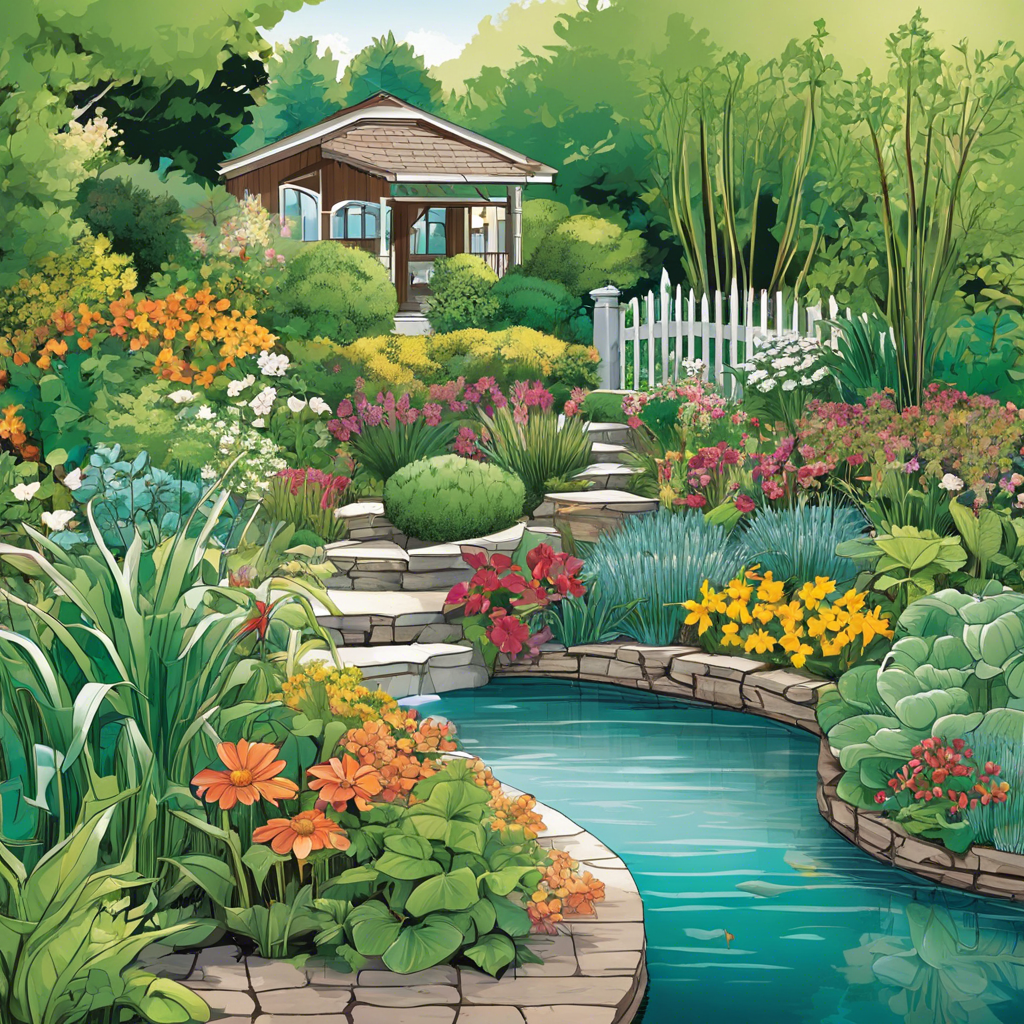Creating a water-efficient garden is not only environmentally conscious but can also save you time, effort, and money. With careful planning and the right choices, you can have a vibrant and lush garden that uses water sustainably. Here are some tips to help you get started:
Firstly, understand your water supply and the unique conditions of your garden. Test your soil to determine its drainage and texture – sandy soils tend to drain faster and require more water, while clay soils hold moisture and may need improved drainage. Observe the sun and shade patterns in your garden throughout the day and take note of naturally wet and dry areas. Group plants with similar water needs together and create zones in your garden, ensuring that water-guzzlers are in one area, and drought-tolerant plants in another. This way, you can irrigate efficiently, providing more water to thirsty plants and less to water-wise varieties.
Choose plants that are native to your region or those adapted to your local climate. Native plants are naturally more water-efficient as they are already suited to the local rainfall and soil conditions. They also provide food and habitat for local wildlife, beneficial insects, and pollinators. When selecting plants, consider their root depth and water requirements. Opt for plants with extensive root systems that can reach deeper water sources and reduce the need for frequent irrigation. Also, look for plants with gray-green or silver foliage, or those with fuzzy or waxy leaves, as these traits often indicate drought tolerance.
Watering efficiently is an art and a science. The best time to water is typically early in the morning or late in the evening when temperatures are cooler and there’s less wind, reducing evaporation. Deep-soak your garden occasionally rather than providing little sprinkles every day. This encourages roots to grow deeper, making plants hardier and more resilient. Invest in a good irrigation system or, better yet, use smart water technology like moisture sensors and automated drip irrigation systems that can be controlled via smartphone apps. These systems deliver water directly to the plant’s root zone, reducing evaporation and providing precise control over watering durations and frequencies.
